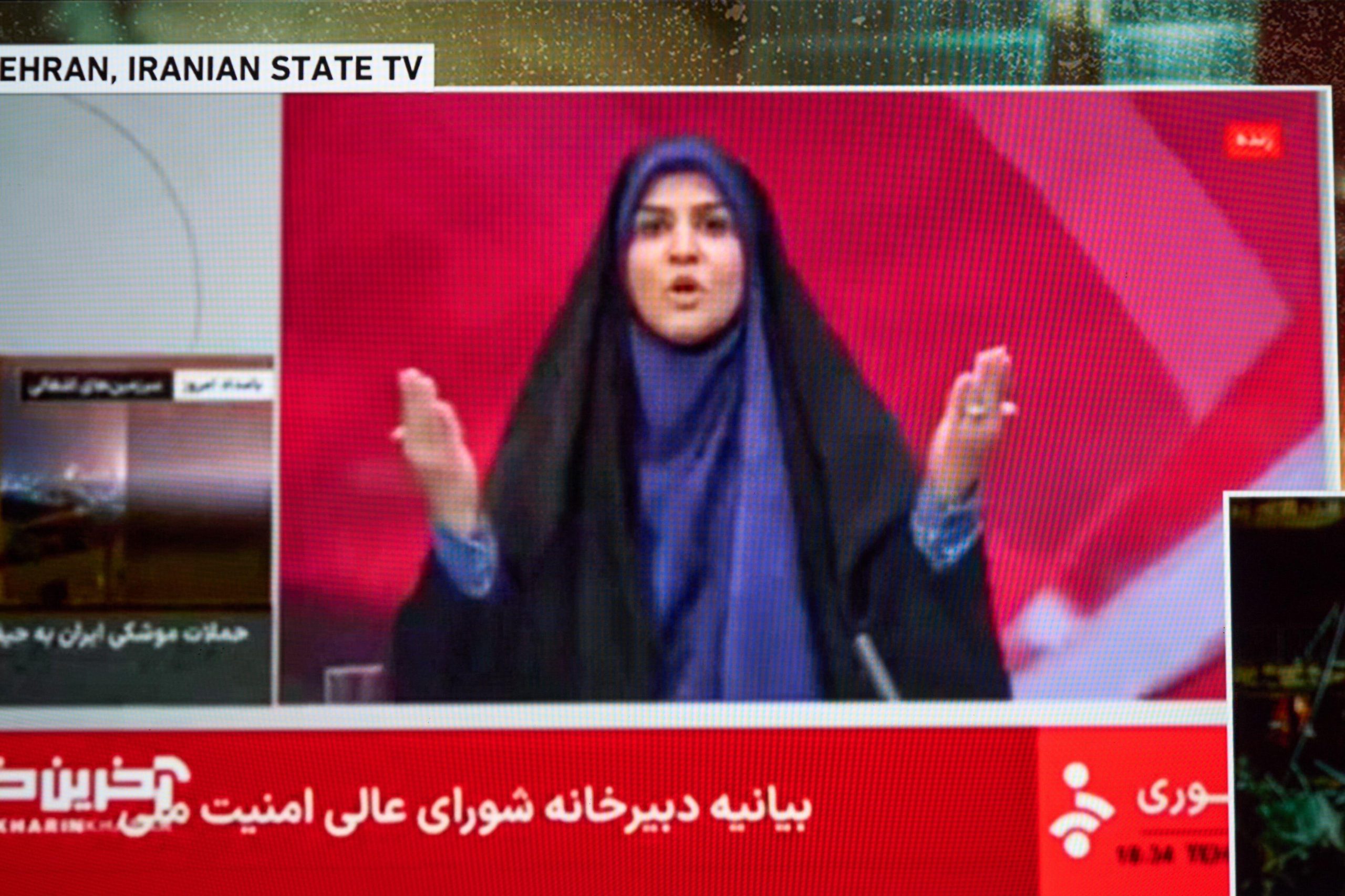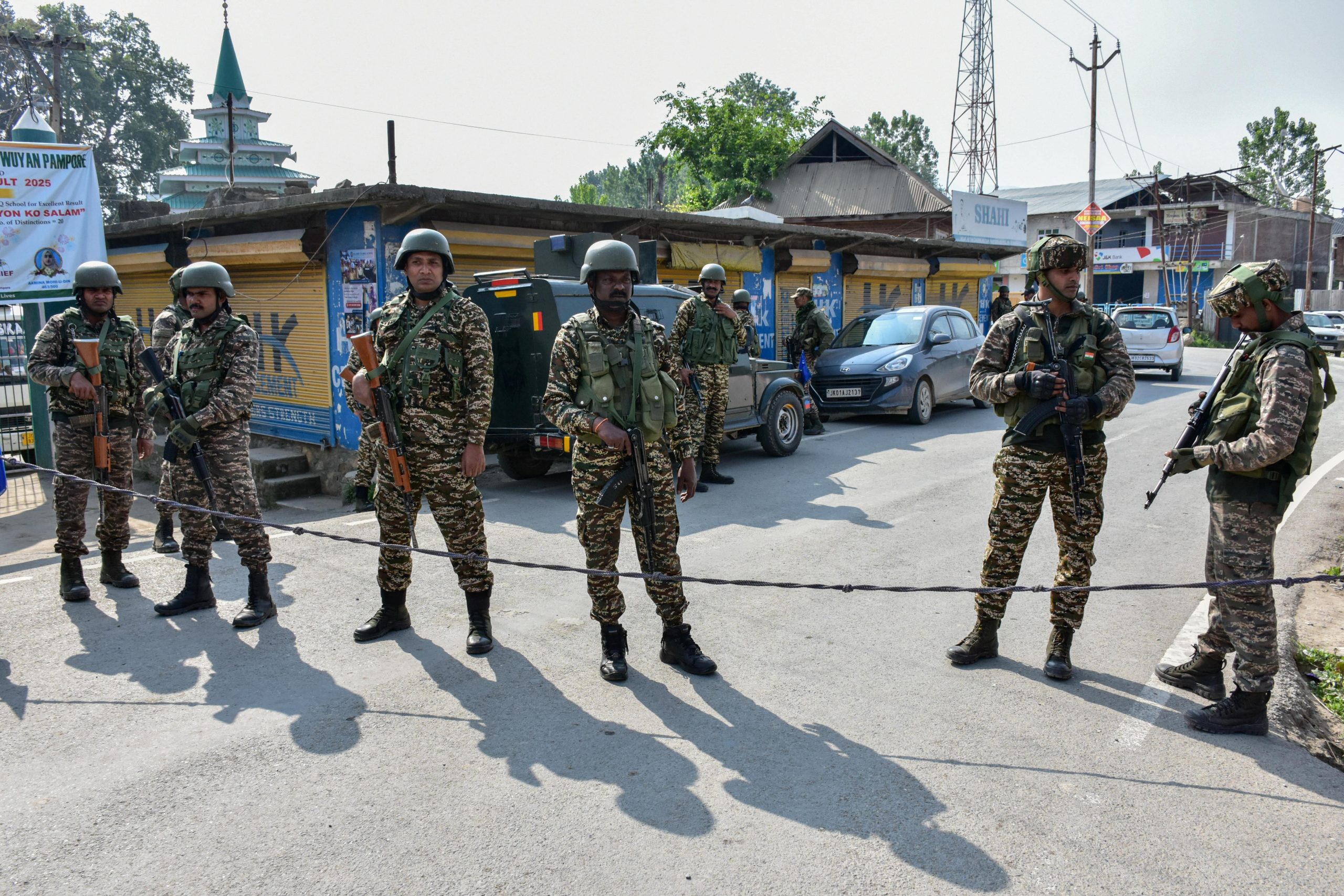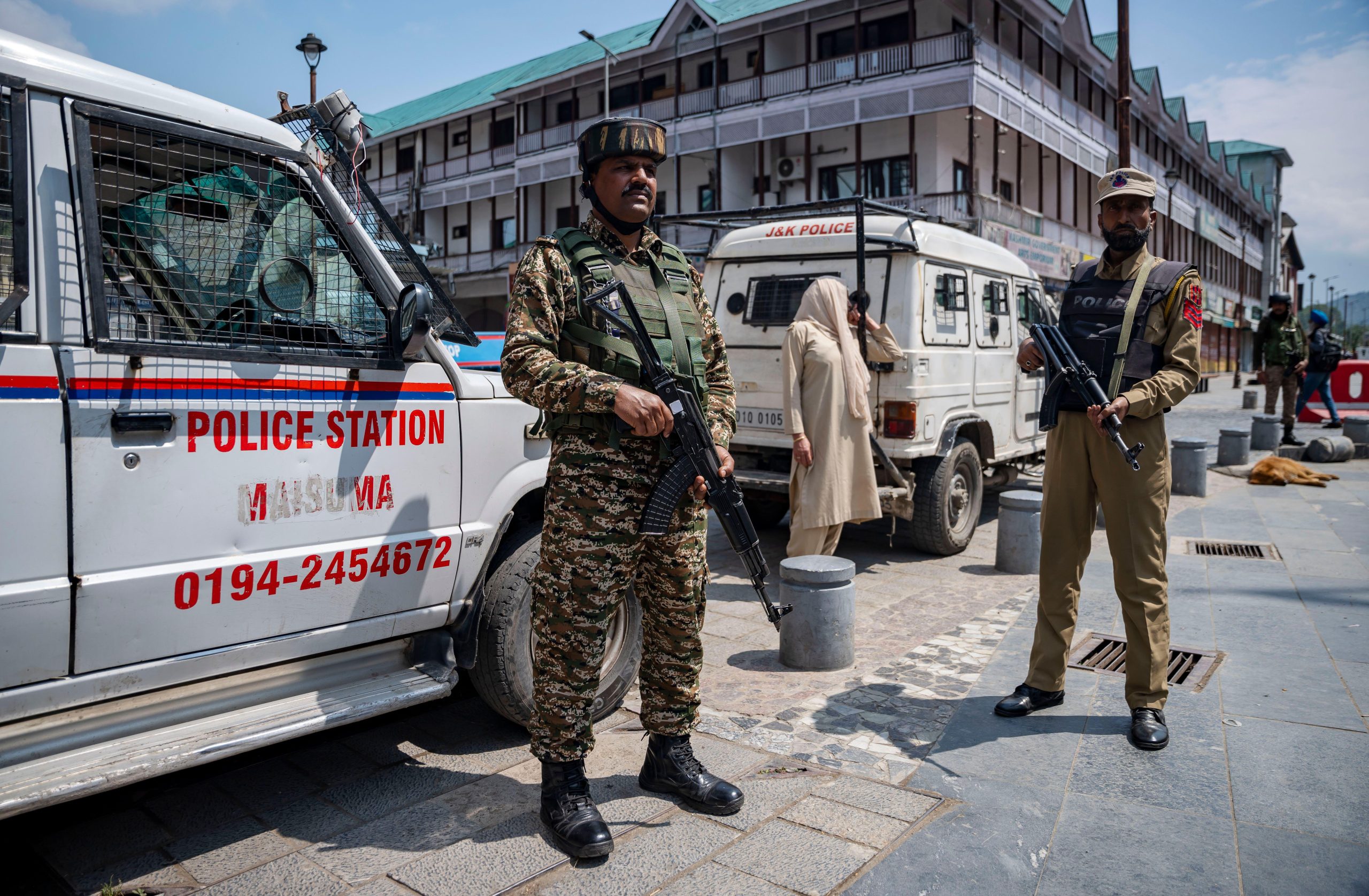Some of India’s most prominant internet writers, researchers and policy analysts came together in Bangalore on 9 April to discuss “Strengthening Freedom of Expression on the Internet in India”, organised by the Internet Democracy Project.
The subject has been intermittently making headlines in India, with a number of politically motivated arrests made under the Information Technology Act’s controversial Section 66a. Causing more confusion, in 2011, the Minister for Communications & Information Technology, Kapil Sibal, made headlines by asking social media intermediaries to take down “objectionable” content.
At the time, the content in question seemed to be mainly objectionable to to the government itself. The content in question seemed to be mainly objectionable to the government alone.
This caused a huge public uproar, and since then Sibal has exercised more caution, though still maintaining that “the country must have an enabling framework — rules and regulations must not come in the way of the growth of the net.”
As well as Index on Censorship, the roundtable in Bangalore brought together a number of actors, including analysts from social media giants Facebook and Google, as well as Change.org, Wikimedia India Foundation, Medianama, Digital Empowerment Foundation, Open Governance India, Knowledge Commons, Alternative Law Forum, Center for Internet and Society, Tactical Tech, researchers from IIM Bangalore and Aziz Premji University. Journalists from The Hindu, Hindustan Times, DNA and smaller media organisations like Oorvani Media, Mahiti and The Alternative also took part in the debate.
The overall discussion centered around a few key issues, the first being whether the law “protects” free speech as it stands today. Many of those present felt that while Section 66a of The Information Technology Act 2000, which protects against “annoyance, inconvenience, danger, obstruction, insult, injury, criminal intimidation, enmity, hatred, or ill will…” has been misused in the past, it needs to be examined from different angles, such as protecting women from online abuse.
While some writers have outright rejected this argument, the Internet Democracy Project released a draft paper on the subject. In it, they revealed that women think of the internet — social media — as “the street” where they can be taunted and abused in a similar manner to real life. In fact, drawing on the experiences of writer Meena Kandasamy and singer Chinmayi Sripada, who have faced violent abuse on social networks, the panel discussed ways to fend off misogyny that did not involve the law. These included using humour, blocking people, ignoring the comments, and even asking or waiting for others to come to your defence.
Interestingly, many women who were questioned for the study revealed that they prefer not to go to their families to report the abuse, for fear that they would be told to stop spending so much time online. The women and their families also said they had little confidence in going to the police with the same complaints.
This led the panel to discuss beyond the validity of the law — and question the role and capacity of the police in enforcing controversial measures like Section 66a. Some felt that 95 per cent of police on the front lines were not even aware of free speech issues, or the law in question, while others believed that police reforms are the way forward.
Some were unsure if they wanted the police to be tech savvy in the future, suggesting that it could lead to more arrests than there are today. It was agreed that there needs to be more research on the law as it functions today, to understand the crucial role the police will play in upholding it, particularly regarding the role the judiciary currently plays.
The question of defamation was also raised, with some panelists believing that there needs to be a distinction between those who have a small number of followers versus those who have a large following. Can the punishment be the same, if the effect of their status update or tweet is not?
Other discussions assessed challenges to freedom of speech at state level rather than national level and whether or not the mainstream media is forcefully supportive of free speech on the internet. The panelists debated the issue of anonyminity, and whether it is the cause or the solution to some of the free speech issues we see today.
An issue was raised surrounding how internet users are not a core constituency for the government right now; a fact reflected in the budget of the Ministry of Information and Technology, which chooses to focus areas such as computer hardware.
Another question circulating the room was whether strict laws such as Section 66a were designed with the intention to shape the internet a certain way, so that future users simply fall into line. The government’s perspective on the internet’s purposes was also explored, examining whether the National Broadband Network, currently being laid out to connect rural India, was viewed simply as a delivery service platform or for two-way communication.
Two questions that prompted considerable debate were “what is the role — actual or desired — of non legal actors such as intermediaries, pressure groups; the public at large” and “what non-legal strategies can we develop to protect free speech and who should implement such strategies?”
Some suggestions were to try out a “naming and shaming” site or Tumblr account for hate speech, although there were doubts as to how effective it would be. Other panelists advised that intermediaries could reveal more data that could save the government from taking drastic measures — for example, if a certain video was not being heavily viewed from within India, then the government would not feel the need to censor/block a website as it does now.
It was clear that civil society members and even the intermediaries are grappling with the same questions as the government. While a section of Indian society is firmly opposed to laws like Section 66a, there are discussion platforms to help understand how to operate within the constraints of the law.




